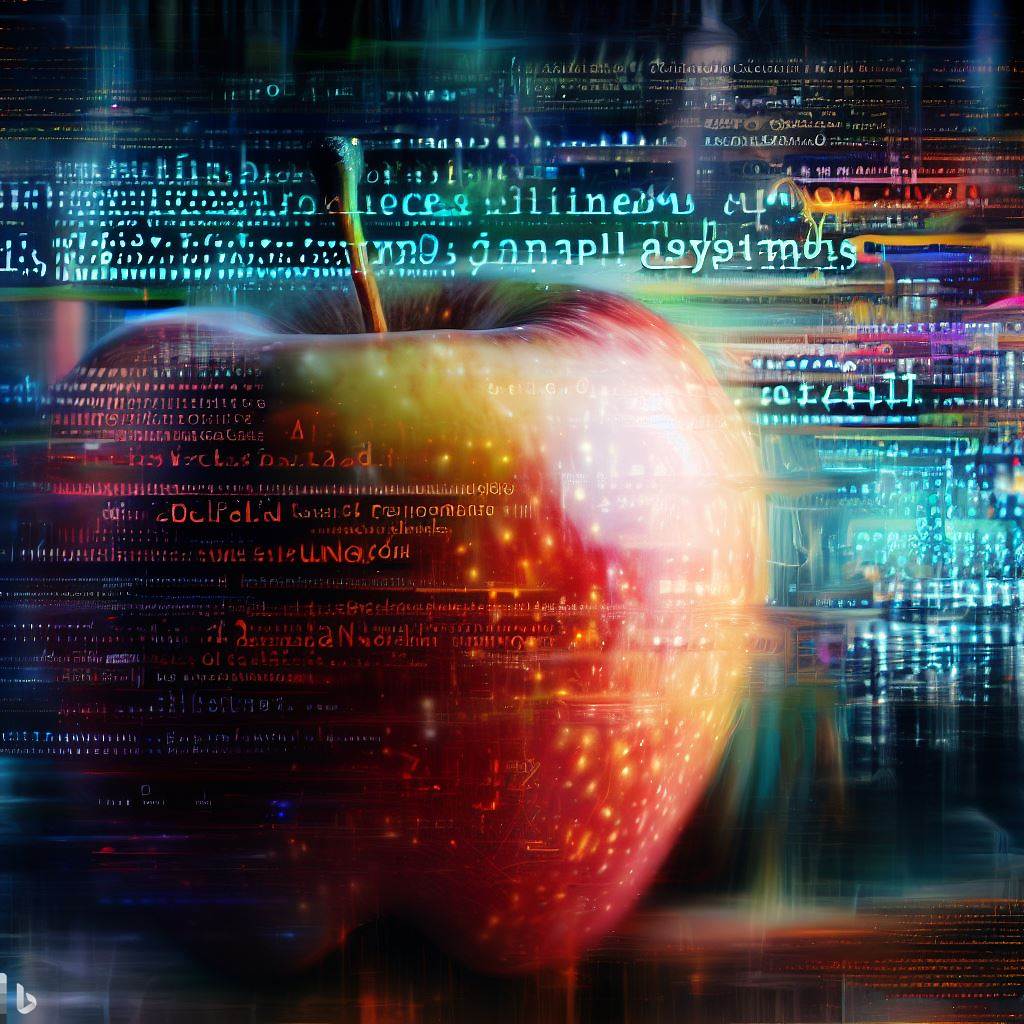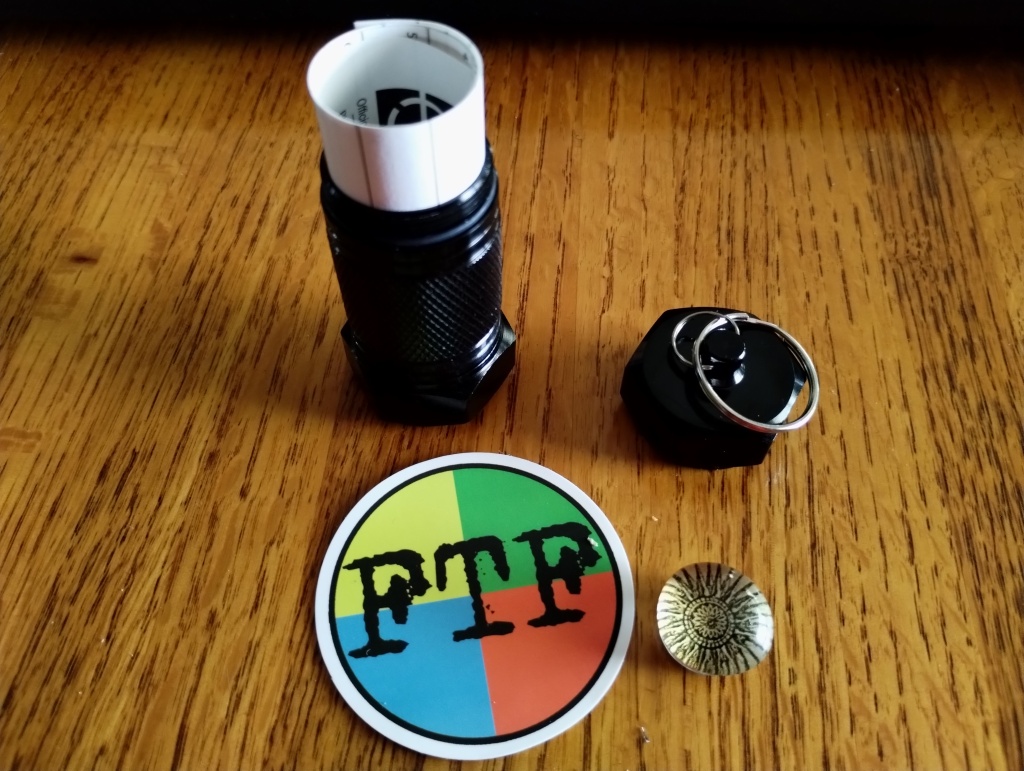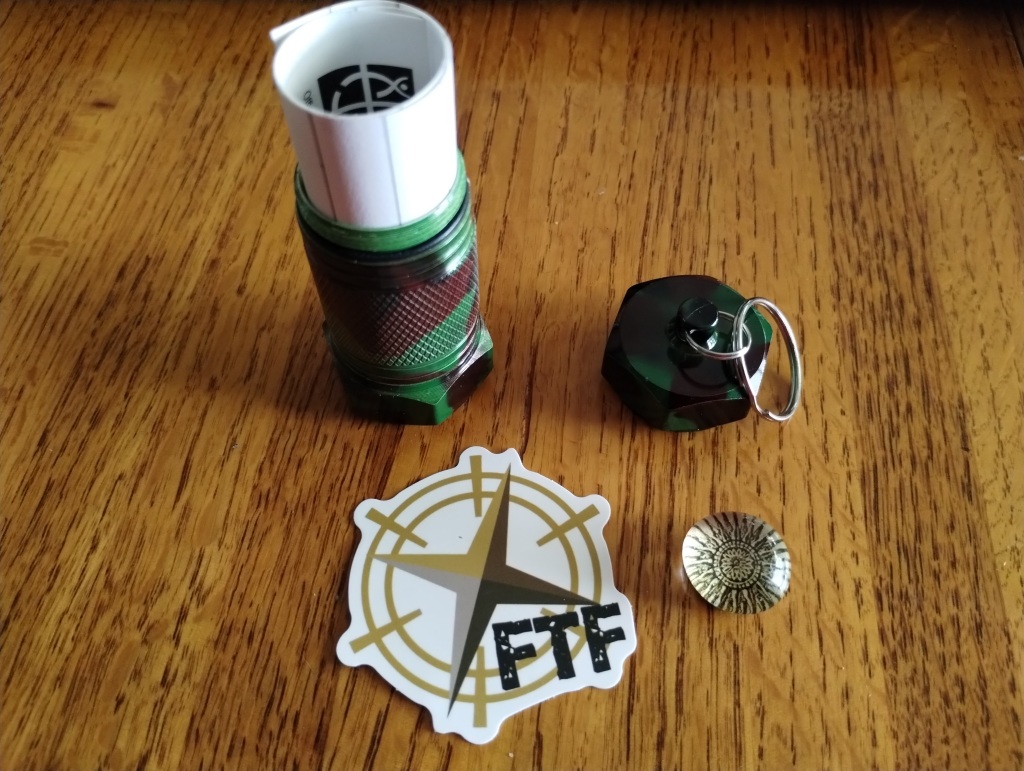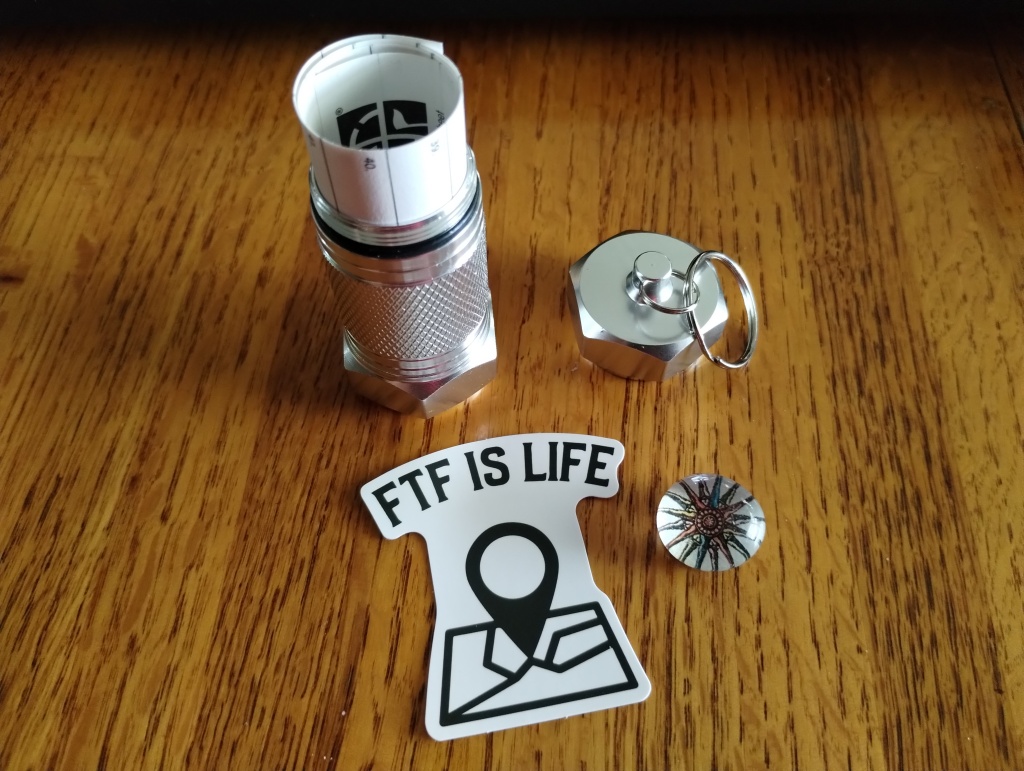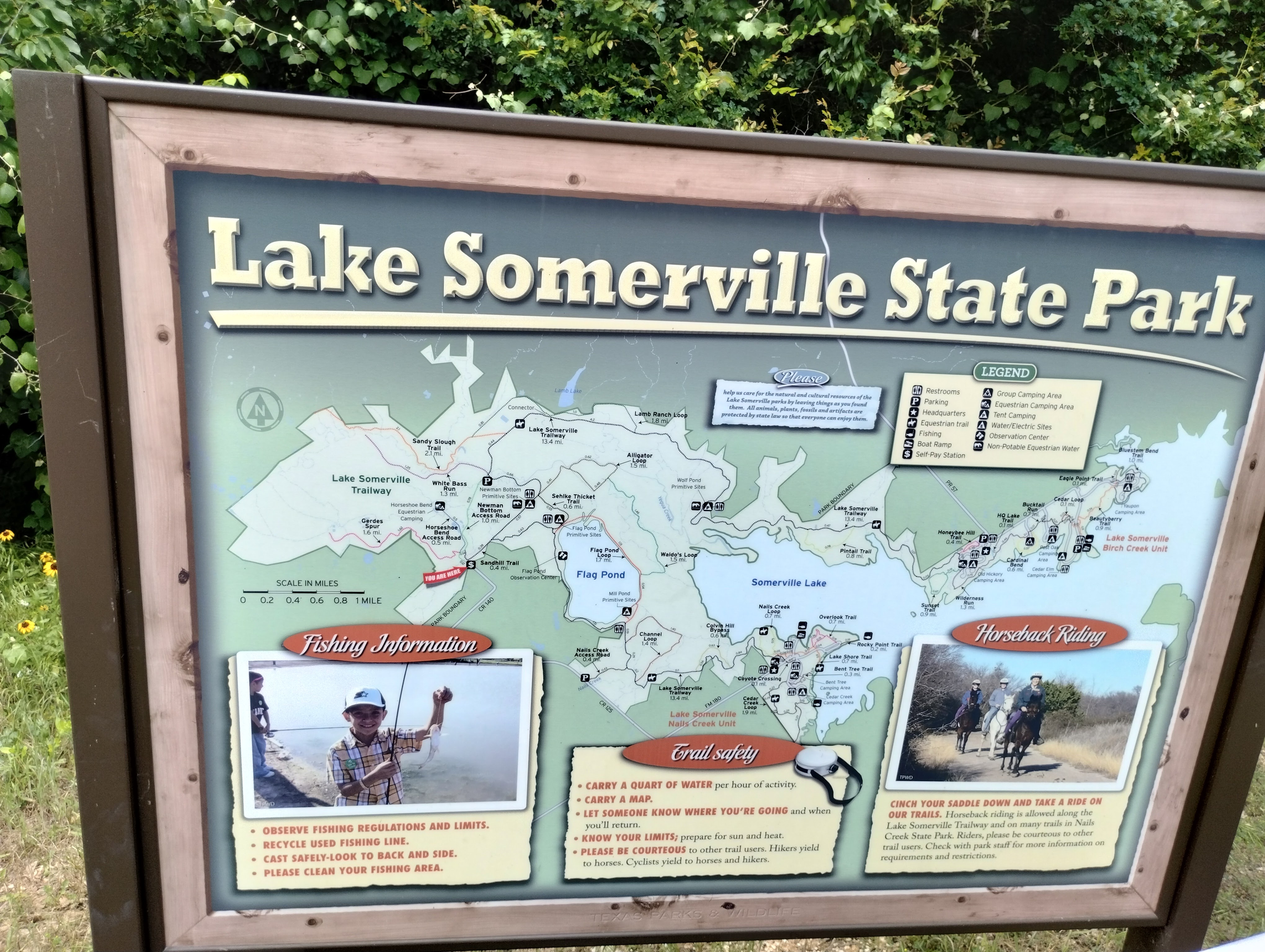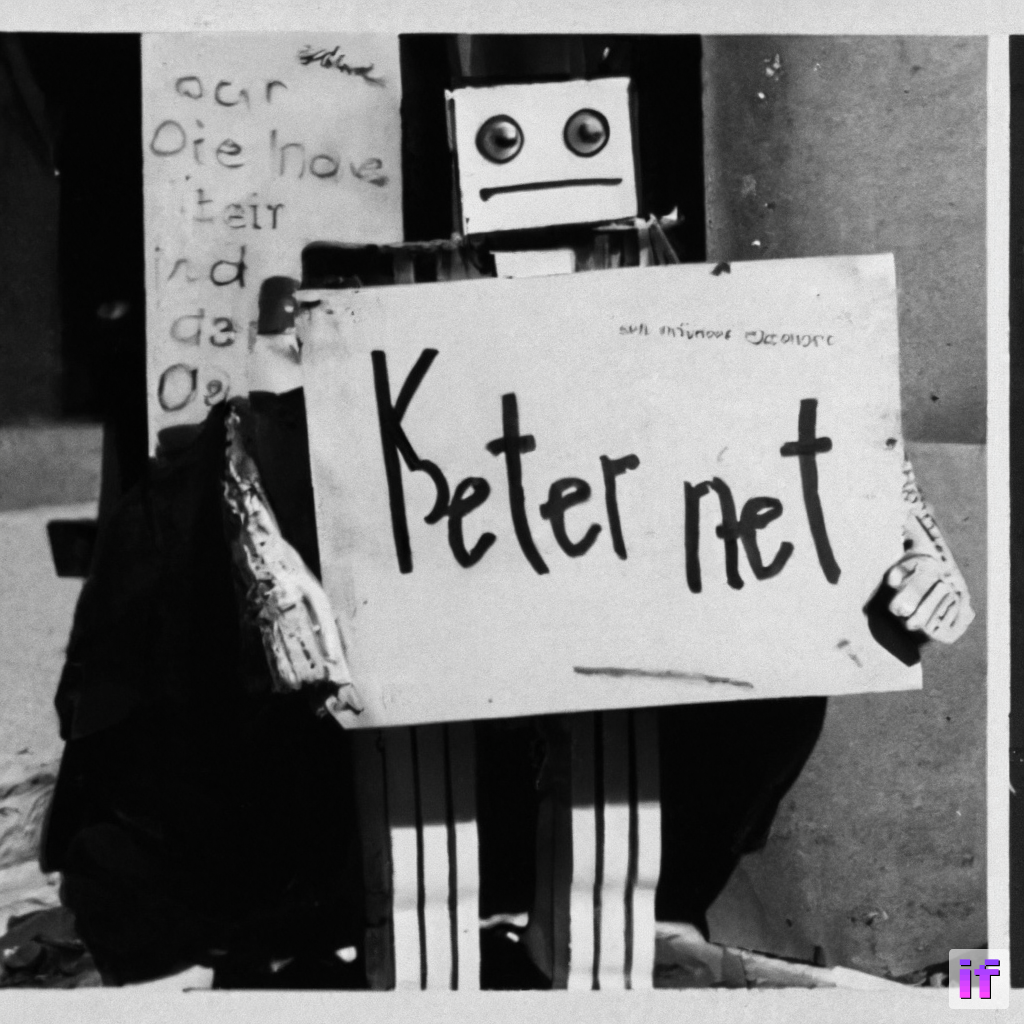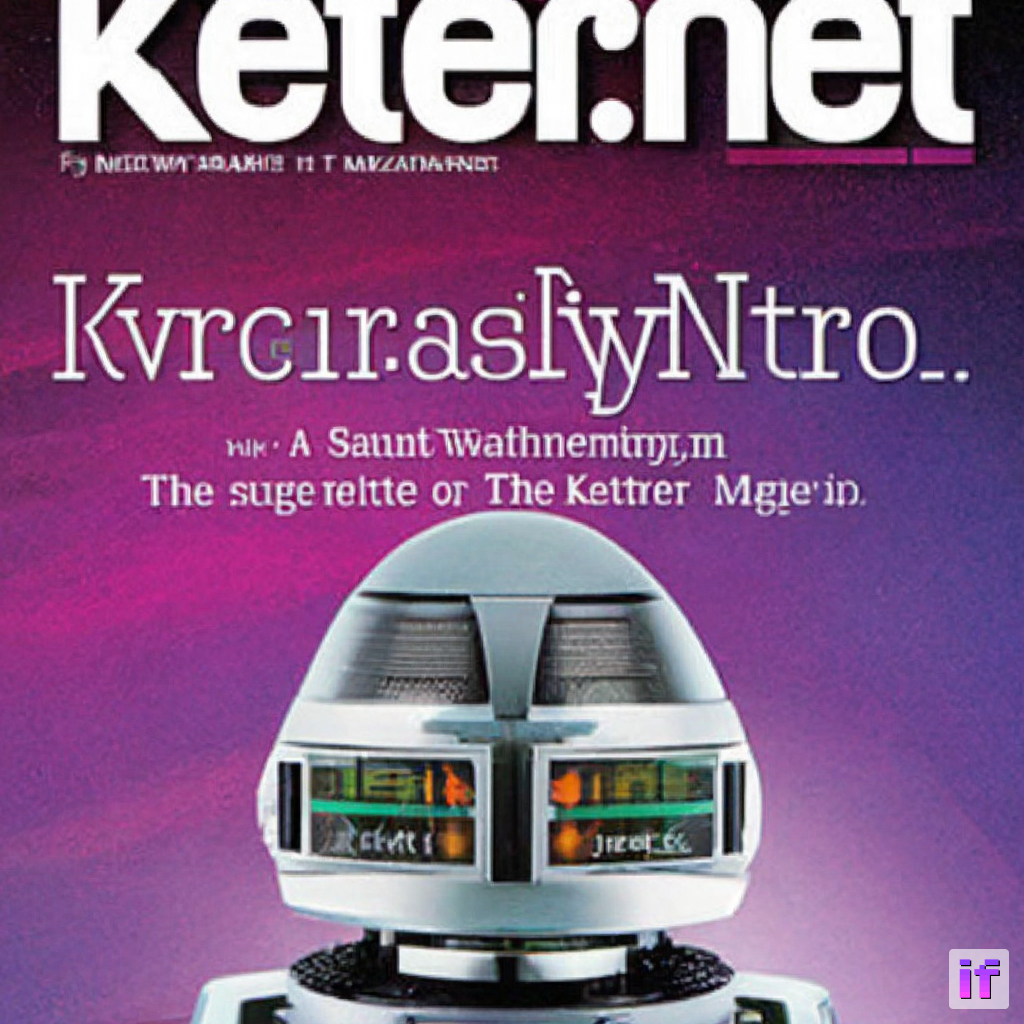Greetings to all! My name is Steve and I’m the founder of Keter.net. By day, I spend my time basking in the company of my beloved dogs, Luna and Chester, while indulging in the occasional nap and camping trip. However, by night, I immerse myself in the thrilling world of artificial intelligence. As a passionate advocate of cutting-edge technology, I am particularly drawn to large language models (LLMs) and their limitless potential.
LLMs are a type of artificial intelligence (AI) that can generate text, translate languages, write different kinds of creative content, and answer your questions in an informative way. They are trained on massive datasets of text and code, and they are able to learn and improve over time.
I’ve been using two different LLMs for the past few weeks: ChatGPT and Bard. ChatGPT is a powerful tool that can be used for a variety of tasks, including writing, translation, and coding. However, I found that it could be inconsistent at times. For example, sometimes it would generate high-quality content, and other times it would produce gibberish.
Bard is a newer model, and it’s still under development. However, I’ve been impressed with its performance so far. It’s more consistent than ChatGPT, and it’s able to generate more creative and informative content.
Here is a comparison of ChatGPT and Bard:
ChatGPT
- Pros:
- Powerful tool that can be used for a variety of tasks
- Easy to use
- Free to use
- Cons:
- Can be inconsistent
- Produces gibberish sometimes
- My personal experience using ChatGPT:
- ChatGPT is a powerful tool that can be used for a variety of tasks, but it can be a bit of a diva at times. For example, I’ve tried very hard to get it to incorporate examples in a blog post, but it’s not always cooperative. Some days it will do exactly as I asked and rewrite the entire post, including the examples I asked for. Other days, it will rewrite the blog post with examples, but with the salient points I wanted to make removed, or it will simply never respond with the examples I’ve asked for.
- However, I do like the ability to have multiple chats ongoing simultaneously. And the prompt database that you can peruse when clicking on new chat is helpful to create your own prompts. Overall, ChatGPT has been okay to use. It’s great when it isn’t being stubborn.
Bard
- Pros:
- More consistent than ChatGPT
- Able to generate more creative and informative content
- Still under development, so it has the potential to become even more powerful in the future
- Free to use
- Cons:
- Not as easy to use as ChatGPT
- My personal experience using Bard:
- I like Bard’s default voice – it responds in a way that feels more natural than ChatGPT. Also, today is really the first time I am using Bard to fully vet it, but I am impressed with its memory during our conversation, it was very helpful when I expressed concern about how to save my chats vs. ChatGPT and gave me instructions on how to export my conversation to a spreadsheet. The best feature I enjoy the most is its access to the internet. This feature alone makes it worthwhile to switch over to using Bard full time to help me edit keter.net. Also I have found that it is best to be extremely verbose with your Bard prompts – don’t expect it to remember all the previous steps, give it all the steps in one prompt instead.
- Overall, I am very impressed with Bard. It is a powerful tool that has the potential to revolutionize the way we write and communicate. I encourage you to try it out and see for yourself
Overall, I think Bard is a better tool than ChatGPT. However, it’s important to keep in mind that Bard is still under development. It’s possible that it will become even more powerful in the future, however.
Here are my hopes for the future of large language models:
- I hope that LLMs will become more powerful and consistent in the future.
- I hope that LLMs will be used to improve the world in a variety of ways, such as by helping to solve complex problems, generating creative content, and providing educational resources.
I encourage you to try out Bard. It’s a free, powerful tool that can help you to improve your writing.
I also encourage you to leave comments and feedback. I’d love to hear your thoughts on LLMs and how you think they can be used to improve the world.
Thanks for reading!

